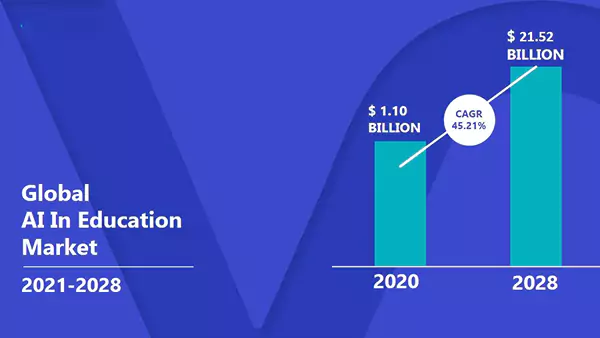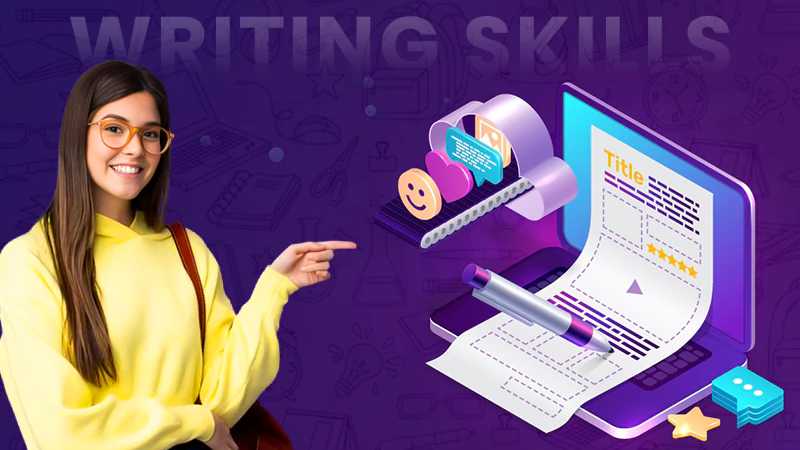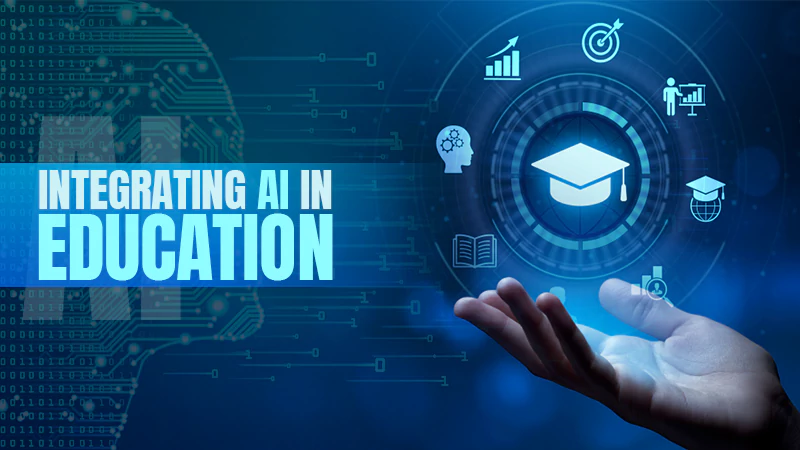The Limits of Automation: Where AI Triumphs and Stumbles in Academic Understanding
Hey, it’s 2024 and the world of self-driving cars and advanced AI taking care of small tasks is no longer just a pipe dream.
You can hardly see an industry that has not benefited from the innovations and ease that AI and automation have brought into our lives.
And the world of academics is no different in this regard.
Today, you can pretty much see many students taking advantage of different AI apps to help them with their coursework, checking grammar, or even completing their assignments.
But still, in all this digital glory, it is also important that you think about the effect that AI is having on the quality of today’s education as well as its transparency.
There is still hope at the end of the line, online platforms like ChatPDF Guru stand out as beacons of innovation in this age.
It has pretty much revolutionized how learners use AI to interact with PDF documents by enhancing reading and learning speeds, boosting productivity, and saving time.
This article will explore how AI’s potential has transformed academic research and study by harnessing the power and limitations of advanced technology.
The Problem of Data Quality and AI Learning
We all know that AI is pretty dependent on the type of data we feed it.
And any poor quality of data given to it will drastically change the outcome you’d be expecting.
DID YOU KNOW?
The global AI in education market is expected to grow from $2.5 billion in 2022 to $23.82 billion by 2030.
Here we will see how some instances of inconsistent or poor-quality data have led to AI misinterpretations, affecting academic research and findings.
Bias in AI Algorithms
Just like it is stated above, the AI algorithm pretty much runs on the data we feed it and if that data is biased, it can change the type of outcome you’d be expecting by a lot.
We need to have a system in place that can help stop these biases from happening.
To solve this issue, we can try diversifying data sources and implementing fairness algorithms that can prevent any biased data from being entered.
AI’s Role in Academic Research
With the ease with which AI can be accessed as well as the huge library of data under its hood, it can be pretty beneficial for doing all your research work within a snap.
But, this ease also means that one can become overly dependent on this automated system.
This can cause one to have a reduced capacity for logical thinking and some much-needed analytical skills for students and researchers.
We need to learn to create a balance where we can smartly use the capabilities of AI and still be able to imply the wit and insight that come with human intellect.
Challenges in Natural Language Processing
You know, as AI is still new to the academic scene, it’s pretty limited in its ability to do good natural language processing (NLP).
Today, it often cannot easily interpret complex academic texts, and it’s hard for it to discern what is fact and what is jabber.
Well, the fix for this will come with time as we focus more on giving it more data so that it can naturally understand the nuances of human speech.
In the future, it will become harder and harder to differentiate between what is human content and what is generated by AI.
AI and Ethical Considerations
Aside from all the benefits of it in the field of academic research, there are also some ethical issues that need to be addressed too.
Since it is pretty capable of scouring through its large library of data to do research, we cannot always be sure of the authenticity of the information.
This also raises some privacy concerns, as any research or document you put up online is up for grabs by the algorithm to be used for its own purposes.
To control this, we need to set guidelines and a framework on what this algorithm is allowed to access, as well as prevent any misuse of AI tools in an educational setting.
The Issue of AI Transparency
Transparency is one of the biggest concerns with the algorithms that artificial intelligence runs on.
You know, AI models can be complex, and making one transparent can be a challenge for the developers too.
Plus, these models are also pretty vulnerable to hacking and manipulation.
Developers need to build these models with ethical transparency and security in mind to take care of these issues.
AI in Educational Settings
Implementing AI in an educational setting is a dream that can help promote equal education for many.
But in today’s world, it is pretty much impossible.
Implementing AI services in schools and colleges can be very expensive and only those institutions with deep pockets can afford to implement it in their systems.
This means that those institutions with fewer financial resources will have a hard time getting it into their systems.
This, in turn, will create a more uneven educational space.
To solve this disparity we need to have some equitable AI deployment strategies to make sure that all students will benefit from these technological advancements.
Limitations of AI in Creative Academic Fields
You know, AI will never have the creativity that a human artist has.
Since it is created based on data, its understanding of the artistic context will never catch up with a human.
This is the reason that we see many bizarre pieces of AI art on the web today.
So, if we want to implement AI into creative fields, we need to use it to complement human creativity rather than replace it entirely.
Automated Grading Systems: Pros and Cons
Well, automated grading systems are a great boon for the educational field as they save time for educators in the grading process.
But this convenience comes at a great cost.
While AI is good at grading set answers, it is bad at grading creative or expressive sheets.
For example, it can easily mark an SAT sheet with MCQs but it will struggle to grade the answers where students need to explain briefly as each student will have their own language or nuances in their writing.
For this, we need to take a hybrid approach in our grading mechanisms where AI can grade the scores, but it should always be accompanied by human oversight so that no wrong grades are given.
AI in Academic Publishing
We have all seen the wonders of AI in content generation.
However, since all AI content is based on previous data, we cannot always be sure if the content it spits out will be original content or not.
Plus, the quality of content we see today is pretty iffy at most.
The Future of AI in Academic Research
In the future, we will see more and more technologies and innovations.
We need to keep up with these advancements and look for ways to adapt them to our educational processes.
Preparing Students for an AI-Dominated Future
The future is all about new tech and innovation and we need to prepare our students for this future.
With each new tech, there will always be a need for skilled technicians and workers.
To fill this gap we need to equip our students with the knowledge and skills to succeed in this AI-driven world.
The Role of AI in Data Analysis and Interpretation
With AI’s advanced capabilities in identifying and sorting through data, its potential in the world of data analytics is pretty huge.
We need to develop and train people with critical evaluation skills along with using AI tools to take advantage of a world of data at our fingertips.

The global forecast of artificial intelligence in the education market (2020-2028).
Conclusion: Striking a Balance in AI Utilization
The potential of artificial intelligence is pretty beneficial in many industries and this is especially true for academics too.
But, aside from all this, we need to keep in mind the potential for its misuse or overuse.
This is why we need to understand the depth at which AI has penetrated the educational field and come up with guidelines and frameworks to make sure that it is being used responsibly and properly.








